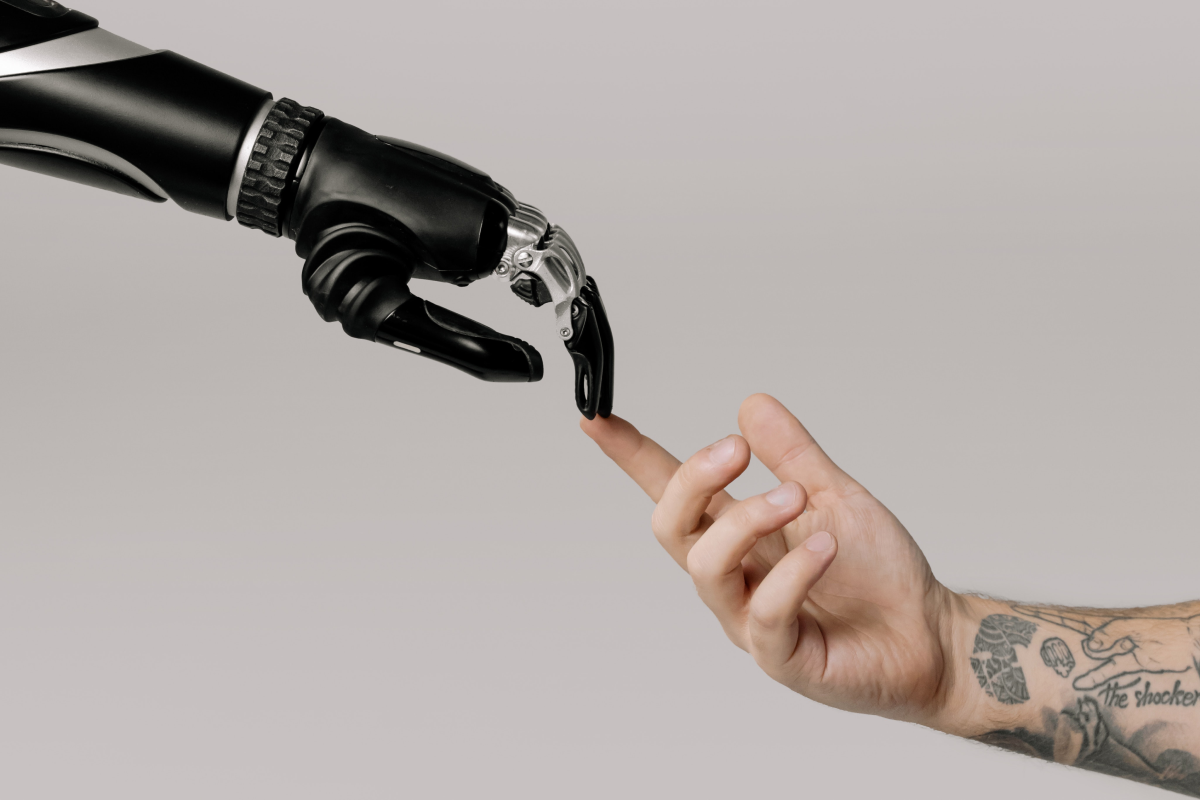
If you’re anything like me, I’m always looking for the latest and greatest ways to boost my productivity as a UX Researcher. From artificial intelligence and automation to mobile research capabilities and integrated analytics, the following trends are shaping the way researchers gather insights, analyze data and make informed design decisions. By integrating these trends, you can elevate research practices, enhance the quality of your findings and create better user-centric products and services that meet the evolving needs of today.
1. Artificial Intelligence (AI) and Machine Learning (ML)
AI and machine learning technologies are being integrated into UX research tools which can automate certain aspects of the research process, such as data analysis, transcript summarization, sentiment analysis and pattern recognition. AI-powered tools can help gain deeper insights from large datasets and identify meaningful patterns and trends.
Usertesting.com has a few new AI driven features, one specifically that uses a ML-generated Sentiment Path which automatically displays positive and negative sentiments corresponding to specific points in the customer experience. As well as a ML-generated intent path that identifies over 100 intents and behaviors like browse, search, or comparison to discover which actions correspond to an intended goal like add to cart.
2. Automation and Workflow Efficiency
UX research tools are becoming more focused on streamlining workflows and automating repetitive tasks like automated report generation, survey distribution and participant recruiting. By automating these processes, researchers can save time and focus on more strategic aspects of their research.
Maze reports make it easy to analyze and present your results data. They provide key metrics and analytics recorded with your maze, so you can learn how your design performs at a glance, and share the learnings with your team. Reports can be used to plan your future sprints, and can be shared with stakeholders to align everyone on the next steps. Reports are automatically generated for every live maze tested with at least one tester.
3. Mobile Research Capabilities
UX research tools are also adapting to accommodate mobile research such as mobile-friendly survey designs, app-based data collection and in-app user feedback mechanisms. These tools enable researchers to capture user insights in real-world mobile contexts, improving the accuracy and relevance of their findings.
dScout is a mobile research platform that allows researchers to capture in-the-moment insights from participants using their mobile devices. It supports mobile diary studies, video recordings, and multimedia data collection in a real-world mobile context.
4. Collaboration and Remote Research
Collaboration features are essential in UX research tools, especially with the rise of remote work, enabling teams to work together seamlessly regardless of their physical locations. Tools that support real-time collaboration, remote user testing and virtual workshops facilitate efficient teamwork.
Miro is a collaborative online whiteboard platform that supports remote collaboration for UX research. It enables teams to work together in real-time, facilitating activities such as collaborative ideation, journey mapping, and affinity diagramming.
4. Integrated Analytics and Visualization
UX research tools are also focusing on providing robust analytics and visualization capabilities such as advanced data visualization techniques, heat maps, journey maps and interactive dashboards. This allows researchers to present findings in a visually compelling and easily understandable format. These features also aid in communicating insights to stakeholders effectively.
UserZoom offers advanced analytics and visualization features, including heat maps, clickstream analysis, and interactive dashboards. Researchers can analyze and visualize quantitative data collected from user research studies to gain actionable insights.
It is essential for researchers to stay curious, explore new tools, and adapt to emerging trends. By embracing innovation and leveraging the power of AI, we can unlock new possibilities, drive user-centered design and ultimately create experiences that delight users.

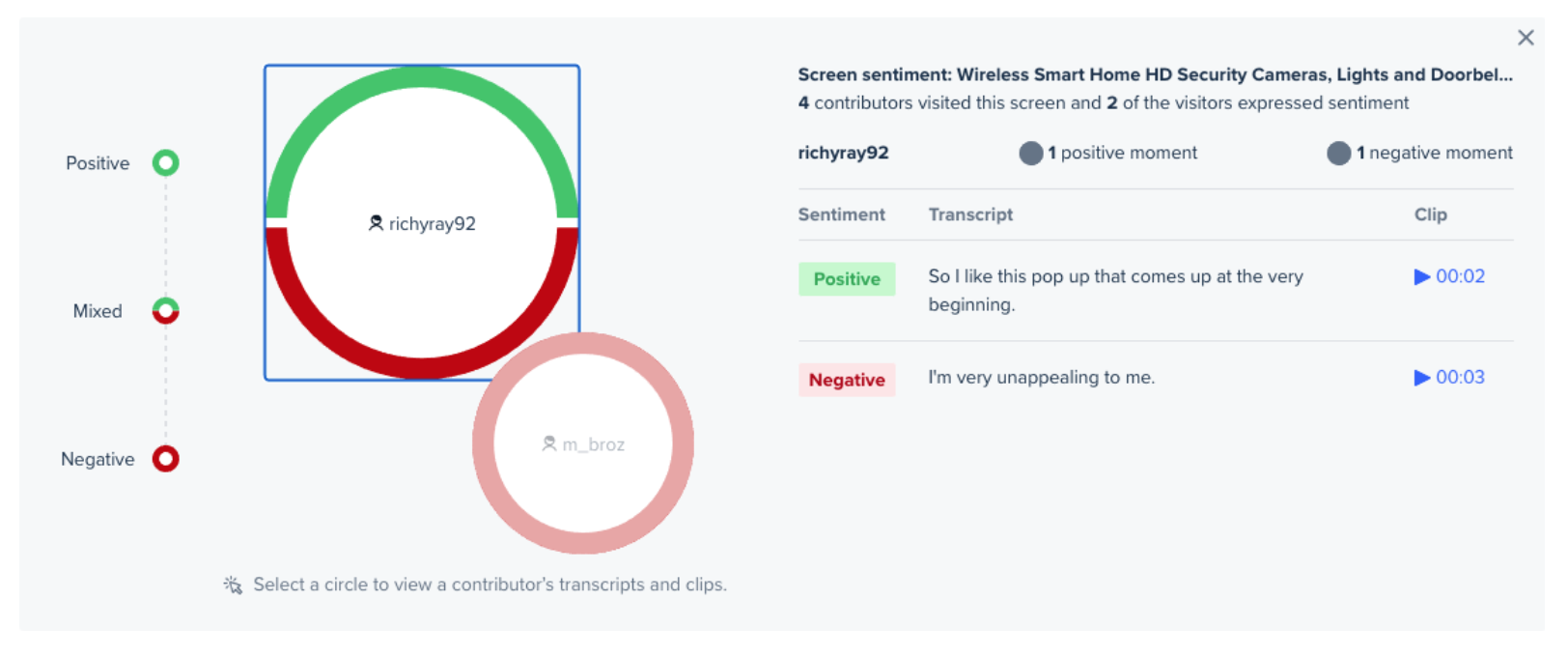

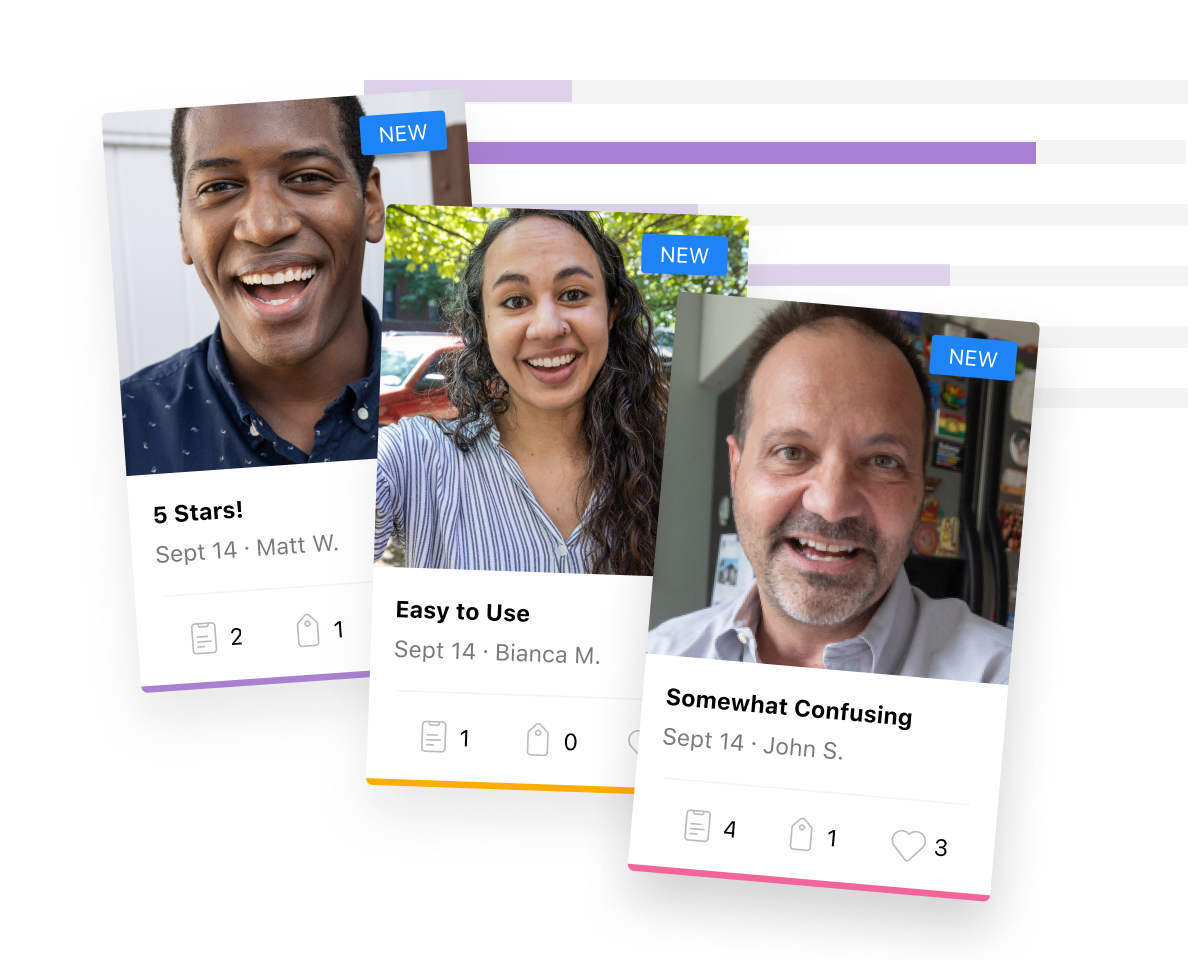

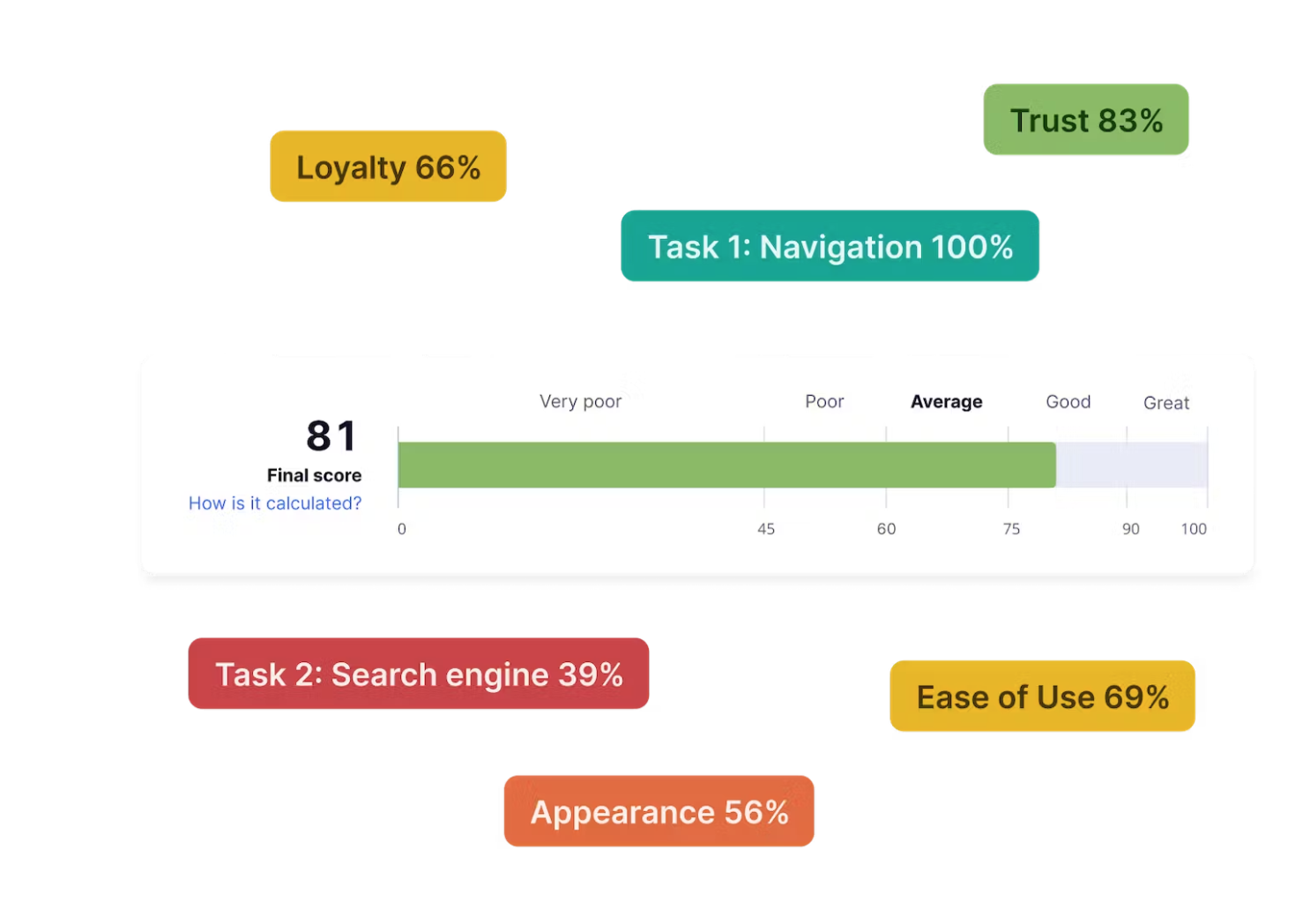





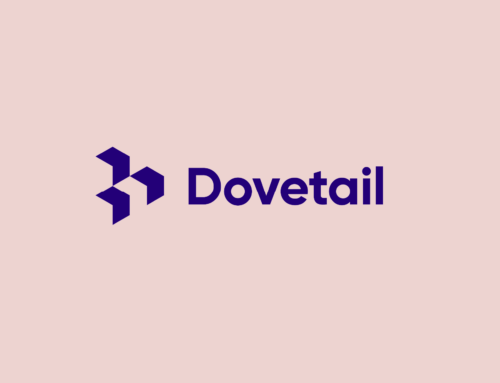

Leave A Comment